British Academy
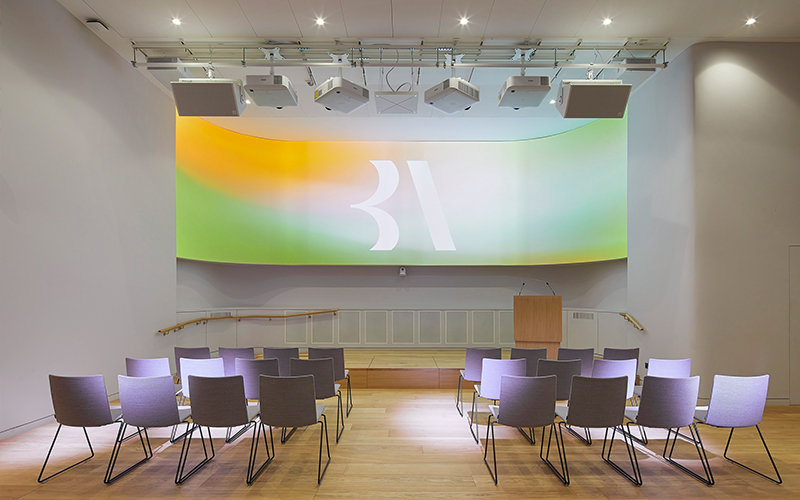
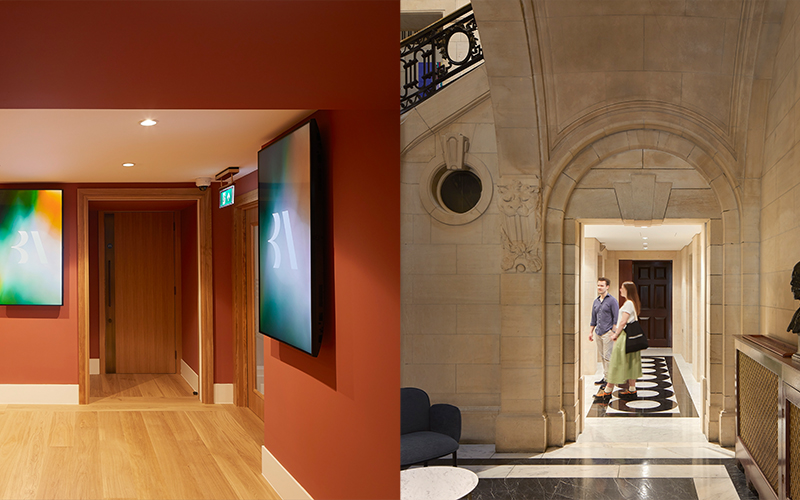
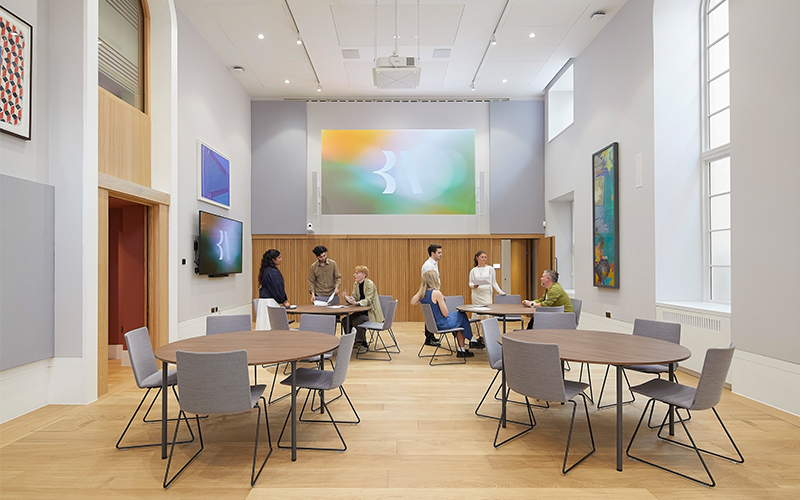
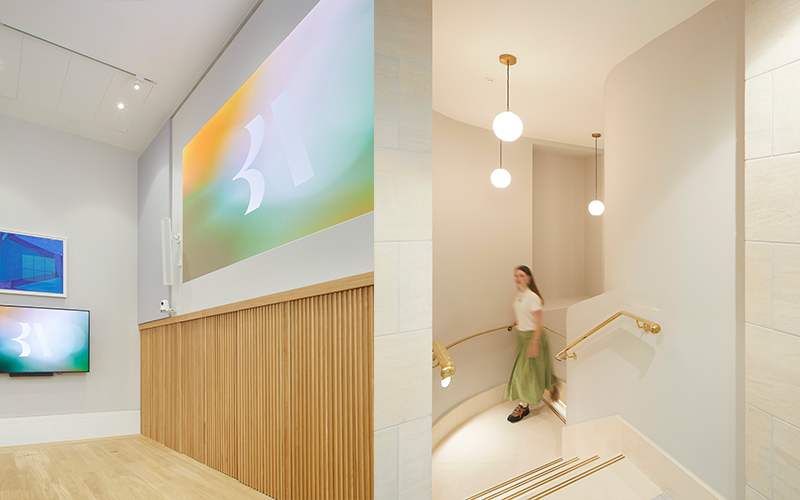
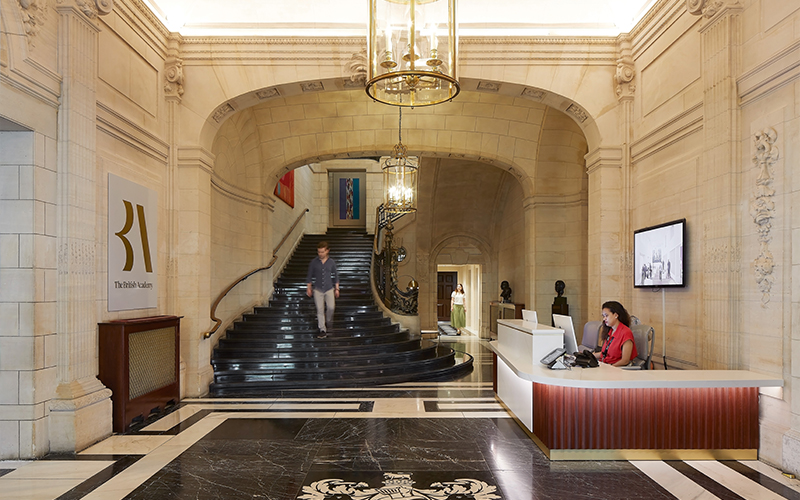
New spaces for the exchange of ideas and hybrid working at the Grade I-listed institution
Restoration of underused double-height basements created a new auditorium and three flexible event spaces with cutting-edge digital technologies for 220 people. Upgrades included remodeled WCs and improved ground-floor access. Energy efficiency was enhanced through new double glazing, low-carbon heating, and thermal zoning.
The British Academy is the UK’s national body for the humanities and social sciences – with a voice that champions the study of peoples, cultures and societies, past, present and future. Situated within the Grade I-listed Nash-designed Carlton House Terrace, the building lies between The Mall and Pall Mall in London’s Mayfair.
Skelly & Couch led the survey of existing services to plan diversions and demolitions of works alongside an extensive review of archive record drawings to understand the existing systems in place. New double glazing was installed, improving energy efficiency with a 40% reduction in heat loss. Natural ventilation was maximised by using direct connections to the outside for air paths.
Bespoke mechanical and electrical systems were designed to suit the building’s historical constraints. A reversible air source heat pump replaced gas boiler heating, providing low-carbon heating to the events spaces. This is facilitated by thermal zoning, a component of the new building energy management system which includes full fault diagnostics and energy sub-metering.
Heat reclaim mechanical ventilation enhances this setup by supplying filtered air while retaining most of the energy already used to heat the building. The auditorium ventilation system's design was carefully designed to align with the building’s architectural and structural needs without compromising its listed status. Additional energy-saving technologies include LED lighting with occupancy, daylight, and dimming controls, as well as low-flow water fittings to reduce hot water consumption.
The refurbishment of the lower floors of the British Academy marks a significant step in the Academy's mission to enhance both physical and intellectual access to the building, facilitating new conversations, new connections, and new ways of thinking within its historic walls.
Related sectors





